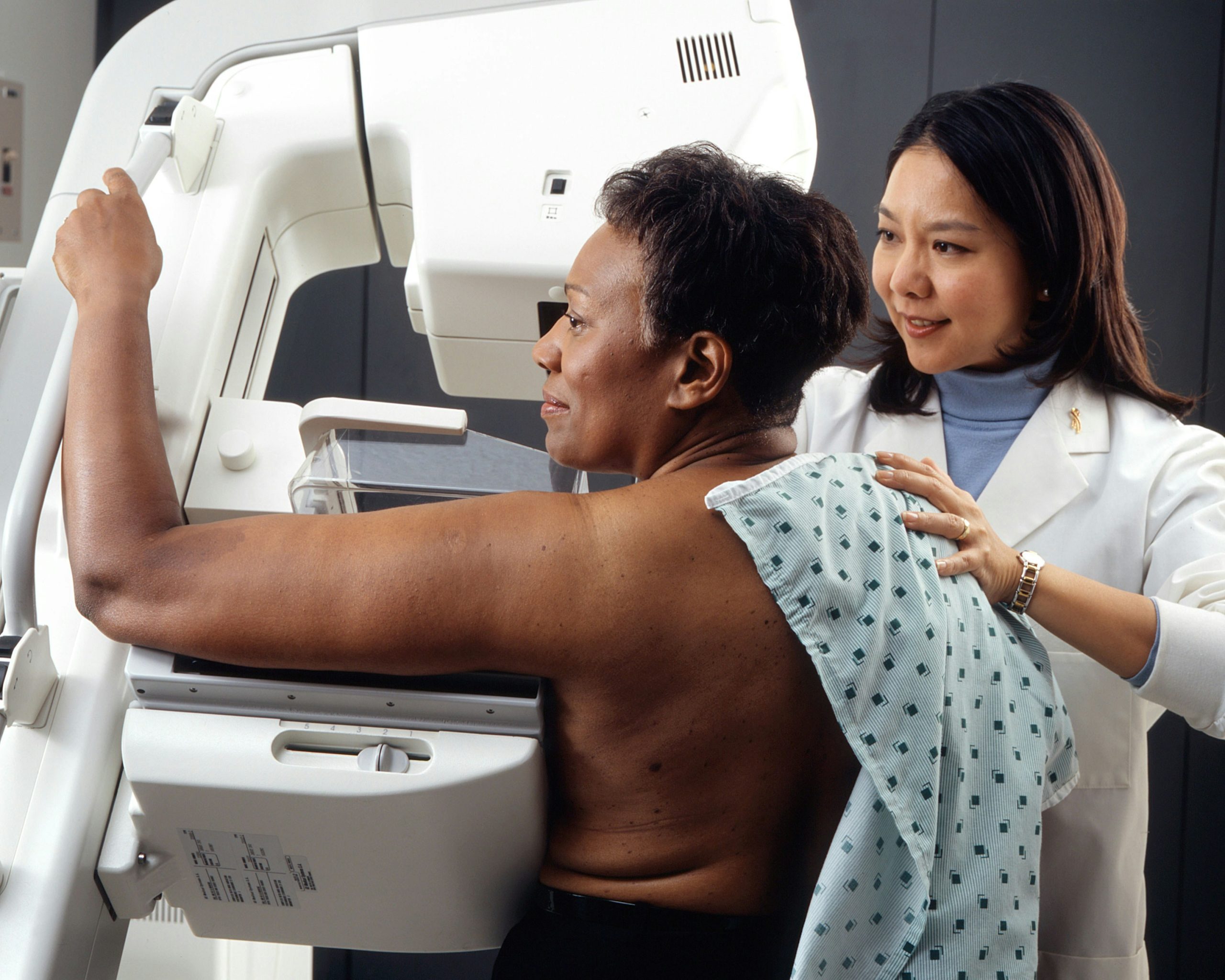What Are the Functions of Endoscope Buttons?
Introduction to Endoscopy
Endoscopy is a remarkable medical procedure that allows doctors to visualize the inside of the body with great precision. Using an endoscope, healthcare professionals can diagnose and treat various conditions without resorting to invasive surgeries. But what makes this advanced technology so effective? A significant part of its functionality lies in the seemingly simple buttons on the endoscope itself.
These endoscope buttons may appear unassuming, but they play a critical role in ensuring smooth operation during procedures. They provide essential controls that enhance both image quality and user experience. Let’s dive into the importance of these buttons and explore their key functions that make your next doctor’s visit more efficient and informative.
The Importance of Endoscope Buttons
Endoscope buttons play a crucial role in modern medical procedures. They serve as the primary interface for healthcare professionals to control various functions of the endoscope during examinations and surgeries.
These buttons enhance precision and efficiency, allowing doctors to focus on patient care rather than cumbersome equipment manipulation. With quick access to essential features, they can make real-time adjustments that improve diagnostic accuracy.
Furthermore, well-designed endoscope buttons contribute significantly to user comfort. Ergonomically placed controls reduce hand fatigue, making it easier for physicians to perform intricate tasks over extended periods.
The importance of these small yet impactful components cannot be overstated. They facilitate seamless interaction with advanced imaging technology, ensuring better outcomes for patients while minimizing procedural risks.
Functions of Endoscope Buttons

Endoscope buttons play a crucial role in the functionality of endoscopic procedures. They serve as intuitive controls that allow medical professionals to manage various aspects of their examination seamlessly.
One primary function is navigation through menus and settings. With just a press, practitioners can switch between different modes, ensuring they have access to the tools needed for endoscope buttons specific tasks.
Another important feature is adjusting lighting and image quality. Endoscopes often operate in low-light environments. The ability to modify brightness levels enhances visibility during critical moments.
Furthermore, these buttons enable recording capabilities. Surgeons can capture images or videos with ease, documenting findings for further analysis or educational purposes without interrupting their workflow.
The versatility offered by endoscope buttons significantly contributes to more efficient and effective diagnostic processes.
Navigating the Menu and Settings
Navigating the menu and settings on an endoscope is crucial for optimal use. Each endoscope model may come with its unique interface, but many share common features.
Users can quickly access a variety of options that enhance their examination process. Intuitive layouts allow for seamless navigation through different functionalities.
Buttons typically provide shortcuts to frequently used settings, minimizing time spent fumbling around during procedures. This efficiency is vital when every second counts in medical environments.
Understanding how to customize these settings can lead to better image capture and improved patient outcomes. Familiarity with the menu enhances user confidence, which translates into smoother examinations.
Taking time to explore these functions before actual use will pay off significantly when it matters most. Mastery over the controls ensures you get the best results from your endoscopic equipment.
Adjusting Lighting and Image Quality
Adjusting lighting and image quality is essential for effective endoscopy. Proper illumination enhances visibility, allowing practitioners to see details that might otherwise remain hidden.
Endoscope buttons play a crucial role in this process. They enable real-time adjustments to brightness levels, ensuring optimal conditions regardless of the environment. A well-lit view can make all the difference during delicate procedures.
Image quality settings also matter significantly. The right contrast and clarity settings help differentiate tissues and identify abnormalities more easily. With just a press of a button, operators can toggle between various presets tailored for specific examinations or patient needs.
These functions are designed with user convenience in mind. Quick access allows healthcare professionals to focus on their work without unnecessary distractions or delays.
Recording and Capturing Images or Videos
Recording and capturing images or videos is a critical function of endoscope buttons. These features allow medical professionals to document procedures effectively, providing valuable visual records for future reference.
With just the press of a bending rubber button, doctors can save high-resolution images that highlight specific areas of interest. This capability is crucial for diagnosing conditions or monitoring changes over time.
Video recording functions enhance this further. Real-time footage offers insights into dynamic processes within the body, making it easier to identify abnormalities during examinations.
The seamless operation ensures that practitioners remain focused on patient care rather than fumbling with complex settings. Each recorded session becomes part of an ongoing narrative in patient health management, supporting both analysis and collaborative discussions among healthcare teams.
Thanks to advanced technology integrated into endoscopes, these recordings can be shared quickly and securely with other specialists when needed.
Conclusion
Endoscope buttons play a crucial role in the functionality and efficiency of endoscopy procedures. They enhance the user’s experience by allowing for seamless navigation and control over various aspects of the examination process. With these buttons, healthcare professionals can easily adjust lighting, ensuring optimal visibility during intricate procedures.
Furthermore, recording capabilities provided by endoscope buttons enable practitioners to capture high-quality images or videos. This feature is invaluable for documentation and further analysis. It aids in patient consultations and contributes to building a more comprehensive medical record.
Understanding how to utilize endoscope buttons effectively not only improves procedural outcomes but also enhances communication between medical staff and patients. Mastering these tools leads to better diagnosis, treatment planning, and overall patient care. The importance of these small yet powerful features cannot be overstated in modern medicine’s pursuit of precision and clarity during examinations.


